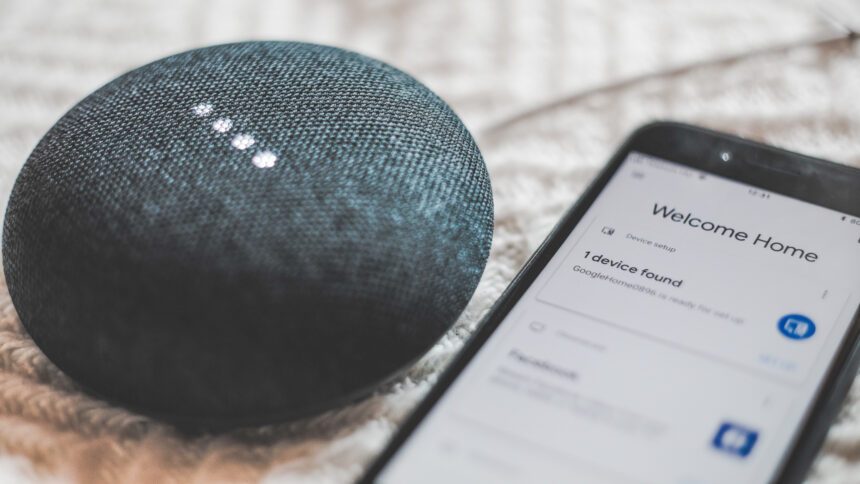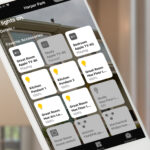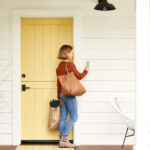Not long ago, most people had barely heard of smart home gadgets. Now, they’re in households around the world. However, any high-tech accessory—even an extremely intelligent one—is at risk of infiltration by hackers. You can keep your gadgets and your abode safer with some simple, but effective, strategies.
Update your gadgets with security software
A wise step to take in securing your smart home is to download the latest available security patches for your smart accessories. Manufacturers often become aware of vulnerabilities and provide fixes to apply, but don’t always alert purchasers of those devices. Stay abreast of updates from manufacturer websites and only download official versions of such patches. It also pays to register your device with the manufacturer so they have a way to alert you to potential issues.
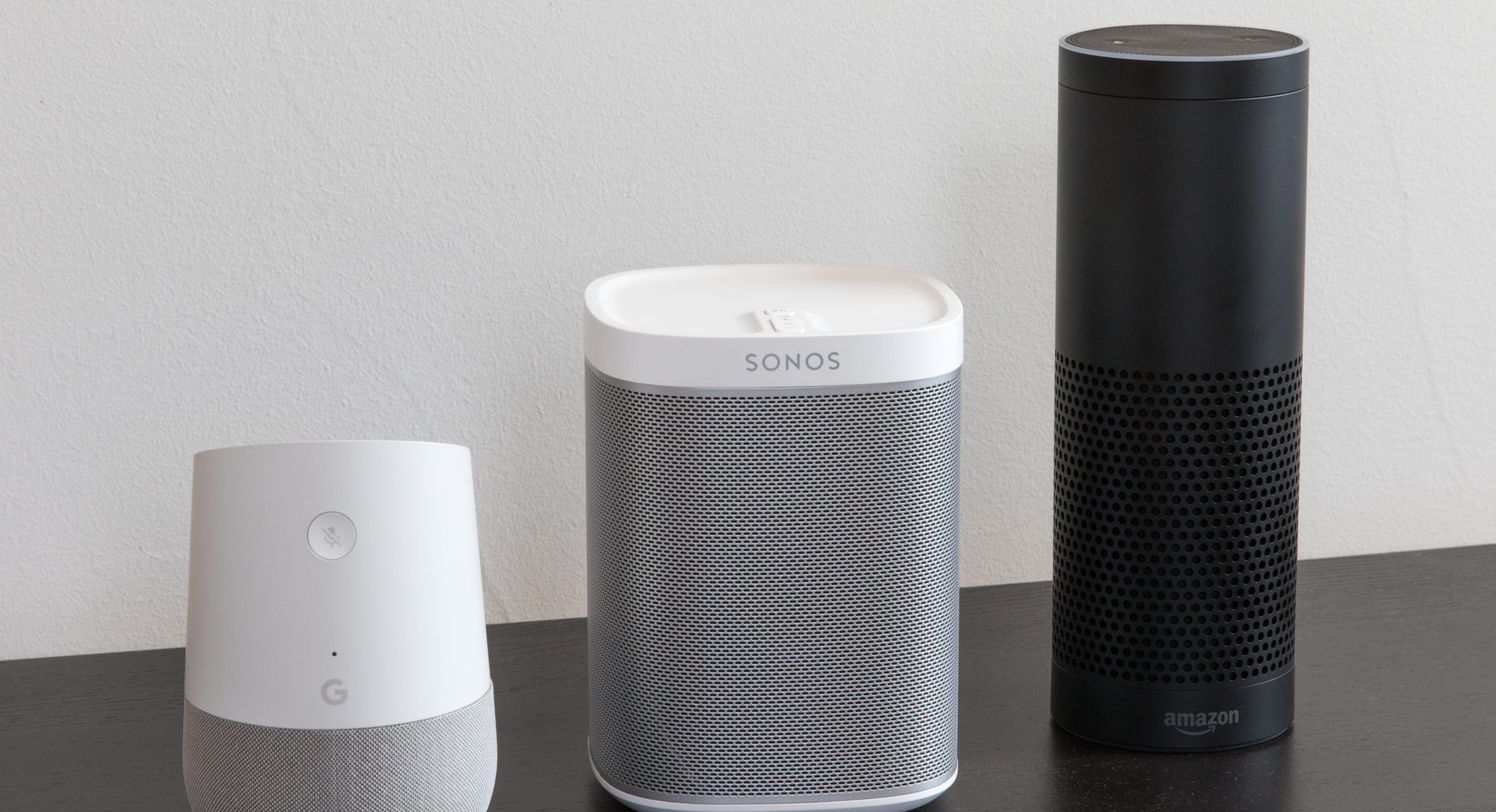
Also, make sure your smartphone itself has the latest security-related updates on it, including the operating system and apps. Consider that it’s possible to control many smart gadgets with your smartphone, including the popular Alexa-enabled smart speakers from Amazon. If hackers can’t get into a device itself, they might view your smartphone as a more accessible entry point.
Consider turning some devices off during inactivity
One of the reasons many people love smart speakers is that they continually listen in the background for their wake words, then immediately respond to the commands that follow. However, a recent incident where an Amazon Echo speaker recorded a couple’s conversation at home and then sent it to a person in their contact list raises concerns about the always-on technology most smart speakers use.
Amazon representatives confirmed the Alexa assistant sent the conversation to a recipient. They said the incidence was extremely rare and suggested a chain of events that must have happened, all related to Alexa misinterpreting things the couple said as they spoke.
Indeed, it isn’t convenient to only turn your smart speaker on when you want to use it. However, there have been other instances of smart speakers listening when they shouldn’t—usually orchestrated by security researchers, rather than hackers.
Maybe you aren’t willing to turn off your smart speaker unless you’re not planning to use it. In that case, at least stay vigilant by looking for the light that indicates an actively listening speaker. If it illuminates unexpectedly, you’ll know there’s a problem.
Lock down your Wi-Fi network and devices
Hackers love unsecured Wi-Fi networks because they don’t present any resistance when unauthorized users try to gain access. Tweak your home’s main Wi-Fi network and secure it with a password friends or strangers couldn’t easily guess.
Also, don’t use your family’s name or any other identifying information when naming the Wi-Fi hotspot. Otherwise, people could discover things about you by using that information on Google or social media sites. Better yet, configure your Wi-Fi router with a hidden network name (often referred to as the SSID), making it harder for hackers to connect. In that case, you will need to provide the name to anyone who wants to connect to your Wi-Fi as it will not appear in the list of available networks.
Your gadgets also need strong passwords—not easy, repetitive ones comprised of identical numbers people often choose when setting up their smartphone PINs. In fact, among Android users 77% of people start their passwords from one of the four corners on their devices when using the pattern lock feature. Security experts recommend using a 6-digit PIN instead, but be sure to use a random set of numbers—they should never be consecutive.
We live in a society that craves convenience, and it’s understandable to prefer passwords you can enter in practically a millisecond. However, complexity provides a safeguard against hackers.
Some popular smart speakers allow you make purchases by issuing spoken commands. It’s a good idea to set up a separate payment-related password if you intend to use that functionality.
Another recommendation is to turn off guest access to your Wi-Fi network. When this is left turned on, it enables limited access to your network without a password and provides yet another potential way for hackers to intrude.
Remain aware of potential hacking strategies
If you decide to fill your home with smart gadgets, knowing how hackers might attack those products is one way to stay safe. For example, researchers at UCLA found hackers could fool smart speakers with altered sounds that confuse the devices when they hear commands—similar to what might have happened in the case profiled above where the Echo speaker sent a conversation to a recipient.
Unfortunately, the team responsible for making that discovery said humans couldn’t detect when speakers get hacked that way. Possessing knowledge about the ways hackers might disrupt an item’s normal functionality at least allows you to stay more informed than some other smart gadget owners.
Invest in gadgets that promote safety
It’s not necessary to adopt an alarmist viewpoint about smart gadgets for the home. They’re not invincible against hacking attacks, but there are a number of accessories designed to promote increased safety.
For example, Nest offers products that can help, including indoor and outdoor security cameras plus a doorbell that enables checking who’s on your front porch without getting off the couch. The company also offers smoke and carbon monoxide detectors that give early warnings of possible problems.
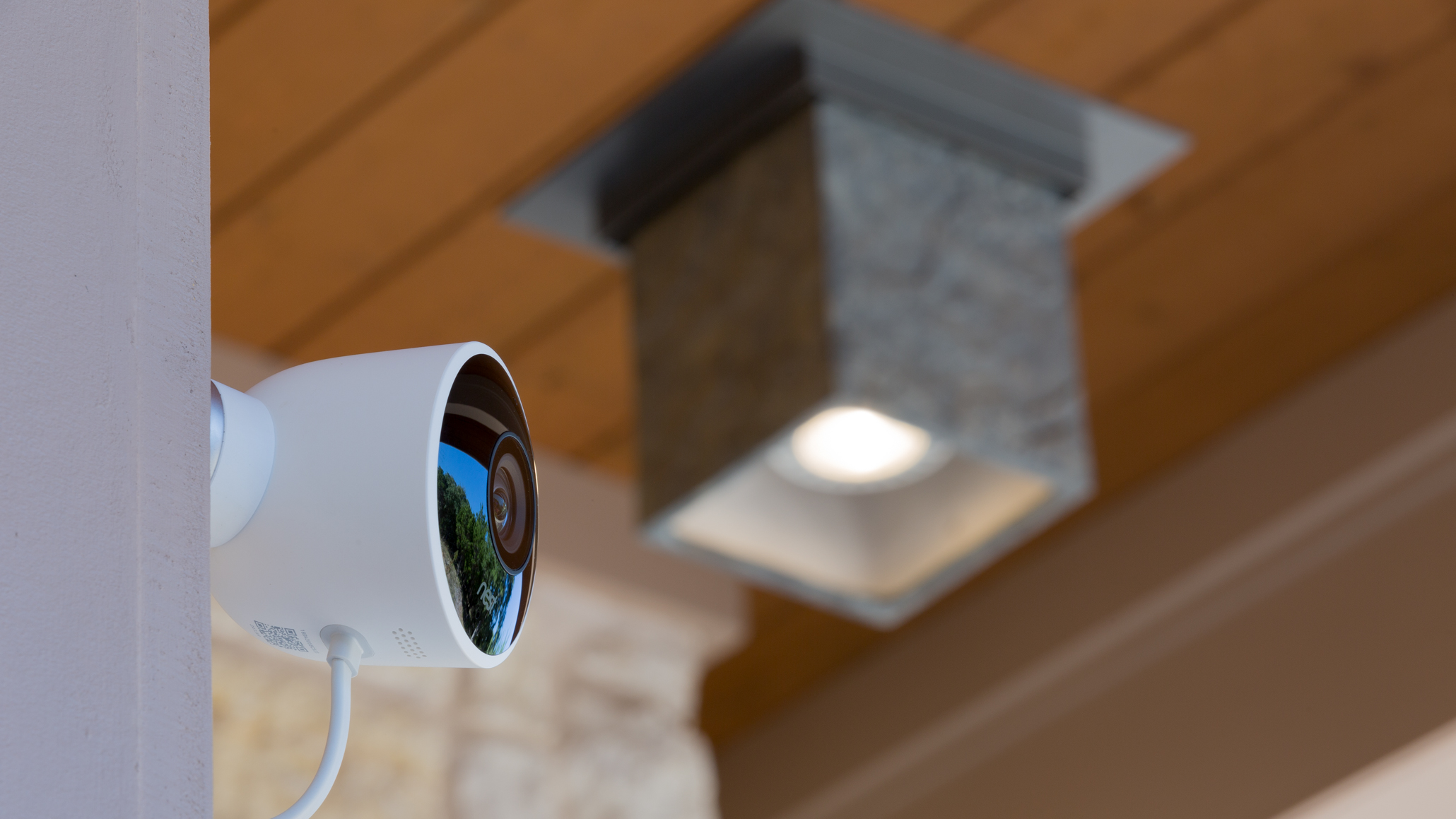
After evaluating those offerings and similar items, you may reach the conclusion that although all tech products have risks, the benefits can substantially outweigh them.
Don’t ignore strange behavior from gadgets
Besides keeping all the things above in mind, take time to become familiar with how your smart gadgets should work, and don’t ignore things that seem out of the ordinary. Think about contacting the customer service representatives associated with your gadgets if you spot unusual characteristics. Most companies now offer chat services, which can be a convenient way to report problems.
Showing attention to the details can limit your exposure to issues should hackers gain access, and relaying things you see can help device manufacturers deal with vulnerabilities before cybercriminals have a chance to exploit them.

